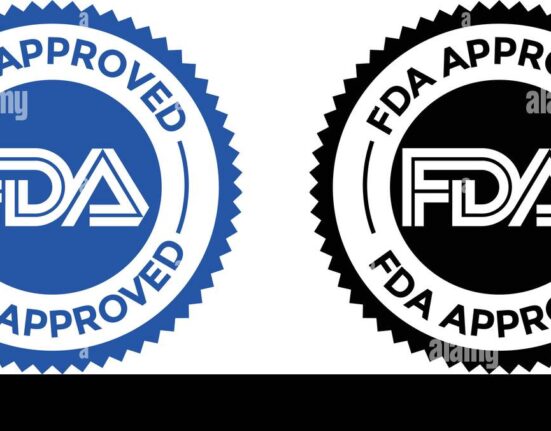Do you ever wonder what’s in your food? A recent surge in state legislation is aiming to provide more clarity on just that. From Red No. 3 to Blue 1 and Yellow 6, synthetic food colorings are under the microscope as lawmakers push for increased transparency and safety in our food supply.
Meet Jensen Jose, a policy counsel for the Center for Science in the Public Interest. It’s his job to keep tabs on food policy laws, but this year has been particularly challenging with the flood of bills targeting food additives across various states. “There’s a lot of bills out there,” Jose remarks, reflecting on the sheer volume of proposals being put forward by policymakers from all political backgrounds.
The movement gaining momentum behind these legislative efforts is none other than MAHA – Make America Healthy Again. Spearheaded by President Trump and Health and Human Services Secretary Robert F. Kennedy Jr., this initiative has galvanized not only public opinion but also conservative lawmakers traditionally averse to regulatory measures.
State-Level Initiatives
Arizona and Utah have already enacted laws eliminating dyes and certain additives from school meals, while Texas is opting for warning labels on products containing specified additives flagged as unsuitable for human consumption by global health authorities. These steps mark significant progress in addressing consumer concerns over potentially harmful chemicals lurking in everyday foods.
As Jose observes, consumer dissatisfaction with federal inertia coupled with a newfound bipartisan focus on health have propelled many states to take matters into their own hands regarding food additive regulation. The clamor for action stems from a growing demand for greater oversight and accountability within the food industry.
Expert Insights
While advocating for the removal of harmful additives, such as those linked to health issues, Jose also cautions against overly broad policies that could encroach upon scientifically supported practices. He raises concerns about conflating legitimate health concerns with unfounded claims perpetuated through social media channels – a phenomenon that extends beyond dietary regulations into areas like vaccines and drug efficacy.
John Hewitt, representing the Consumer Brands Association, emphasizes the need for consistency in regulations governing food dyes at a national level. With major players like Nestle, Kraft Heinz, Kellogg (think Froot Loops), and leading ice cream brands already committing to phasing out artificial dyes due to consumer demand, there’s a call for uniform standards that won’t burden manufacturers with state-specific requirements.
The Road Ahead
Despite strides made at the state level, achieving widespread reform may necessitate federal intervention through revamped FDA guidelines encompassing all synthetic dyes beyond Red No. 3. Industry expert Steve Mandernach anticipates an eventual return to national oversight as disparate state mandates pose logistical challenges for companies navigating regional differences in ingredient regulations.
For consumers advocating stricter controls on food dyes, pushing regulatory bodies like the FDA towards comprehensive action may pave the way towards safer nutritional choices down the line – though implementing such changes across industries deeply entrenched in conventional practices won’t happen overnight.









Leave feedback about this